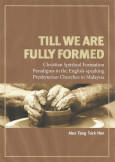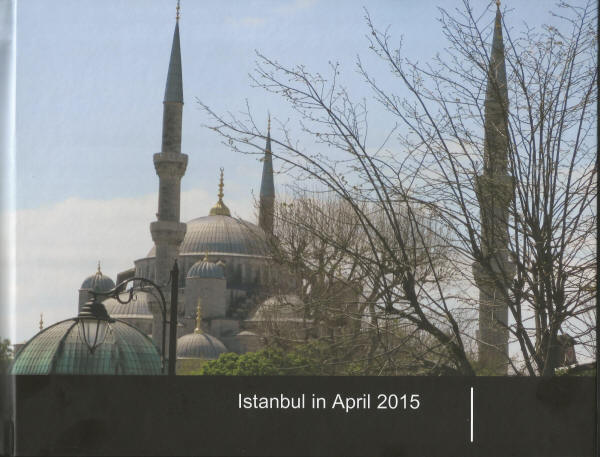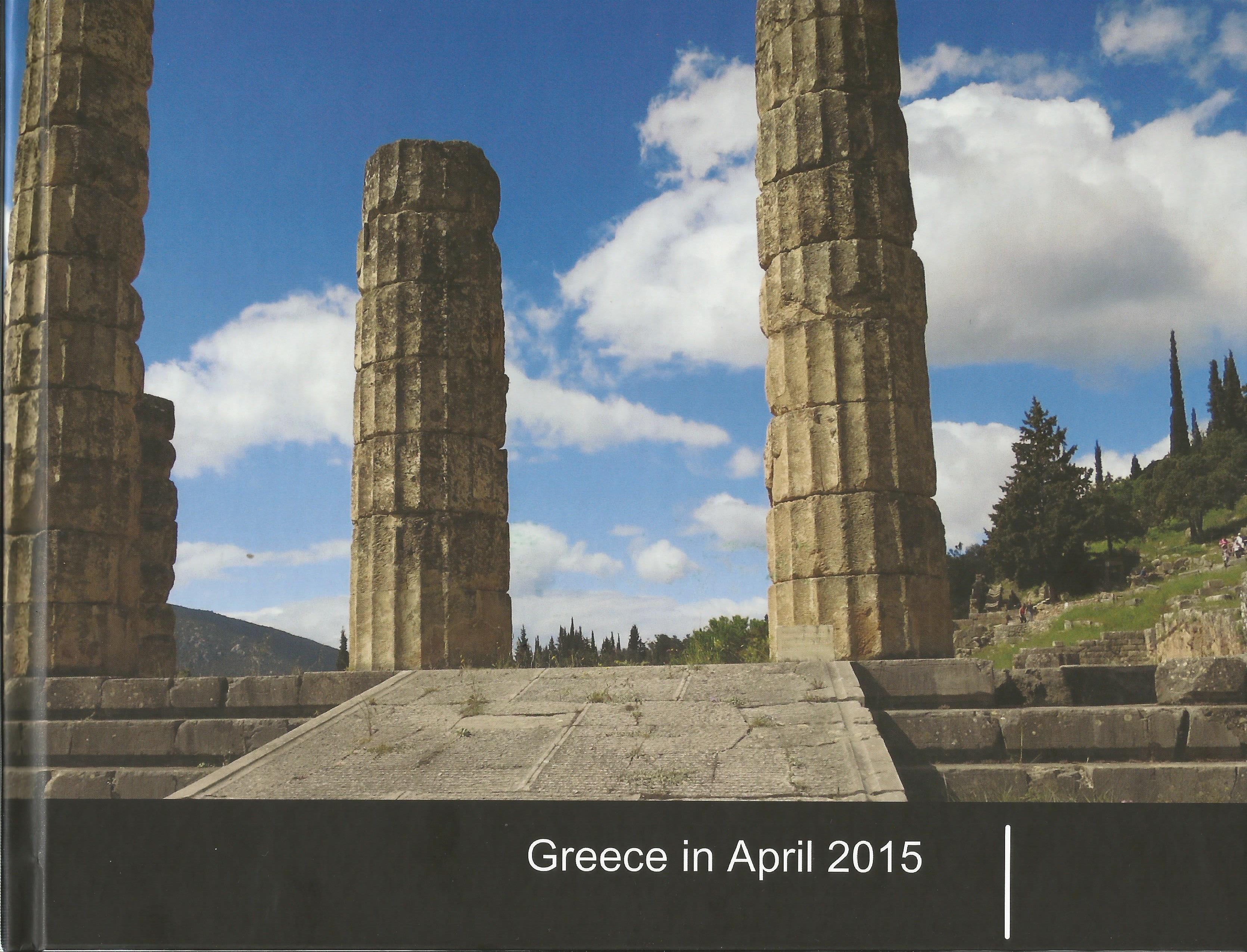For many Christians, our knowledge of the history of Israel ended with the crucifixion of Jesus Christ, then we fast forward to the destruction of Jerusalem in 70 AD, and then to the formation of the state of Israel in 1948. Actually there are lots more in the history. Most of our knowledge about this period comes from Josephus, a former Jewish Zealot who became a Roman historian. According to him, Herod the Great built a wonderful winter palace for himself on Masada and also fortified it in case there is a revolt. It was a magnificent engineering feat considering the plateau is located in the Judean desert beside the Dead Sea.
According to Josephus, during the First Jewish-Roman War, a group of zealots called Sicarri, overcame the Roman garrison on Masada and entrenched themselves on the mountain fortress. After the destruction of Jerusalem and the Second Temple, thousands of refugees escaped to Masada. From Masada, the Sicarri carried out raid against the Jewish settlement which were under Roman control. A raid on Ein-Gedi was recorded by Josephus where an alleged 700 Jewish villagers were massacred.
The Romans decided to end this rebellion in 72 AD and laid siege to Masada. It was almost impossible to mount a frontal attack on the fortress.
The cliffs on the east edge of Masada are about 1,300 feet (400 m) high
and the cliffs on the west are about 300 feet (91 m) high; the natural
approaches to the cliff top are very difficult. The top of the plateau
is flat and rhomboid-shaped, about 1,800 feet (550 m) by 900 feet (270 m).(Wiki)
In typical Roman fashion, the Roman built a ramp up to the walls- a result of great strategic thinking and engineering skills.With the ramp built, they were able to breach the wall in the evening. They decided to invade Masada in the morning. However, all they found are dead bodies because in a last act of defiance, all 960 inhabitants committed mass suicide during the night. Ten men were chosen by lots to kill the rest and then each other.
 |
| view of the plateau from the direction of the Dead Sea |
 |
| Snake path -route up and down; the rectangle in the back is the remains of a Roman camp |
 |
| residential area |
 |
| model of Masada |
 |
| commandant's headquarters |
 |
| remains of the Roman ramp |
 |
Map of Masada: 1. snake path gate. 2. rebel dwellings.
3. Byzantine monastic cave. 4. eastern water cistern. 5. rebel
dwellings. 6. mikvah. 7. southern gate. 8. rebel dwellings. 9. southern
water cistern. 10. southern fort. 11. swimming pool. 12. small palace.
13. round columbarium tower. 14. mosaic workshop. 15. small palace.
16. small palace. 17. public immersion pool.
18–21. Western Palace: 18. service area. 19. residential
area. 20. storerooms. 21. administrative area. 22. tanners' tower.
23. western Byzantine gate. 24. columbarium towers. 25. synagogue.
26. Byzantine church. 27. barracks.
28–39. Northern Palace: 28. grand residence. 29. quarry.
30. commandant’s headquarters. 31. tower. 32. administration building.
33. gate. 34. storerooms. 35. bathhouse. 36. water gate.
37–39. Herod's Palace: 37. upper terrace. 38. middle terrace. 39. lower terrace.
A. ostraca cache found in casemate. B. Herod's throne room. C. colorful
mosaic. D. Roman breaching point. E. coin cache found. F. ostraca cache
found. G. three skeletons found. | |
source: Wiki
Labels: Archaeology, HolyLand, Military History






















0 Comments:
Post a Comment
<< Home